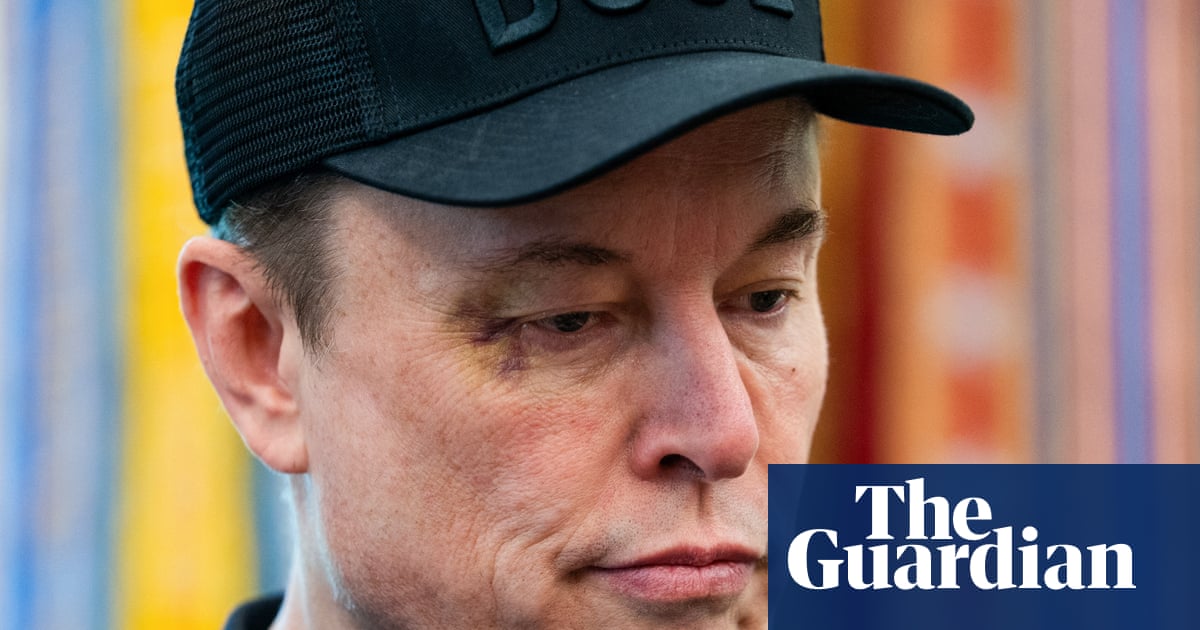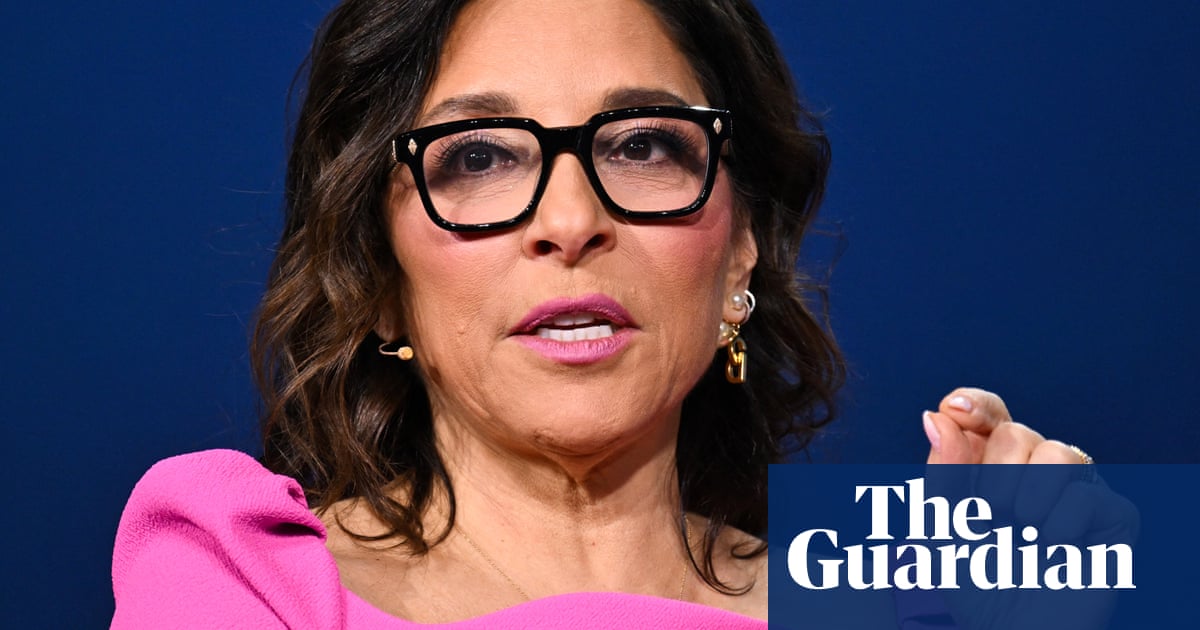Blue Float Energy Exits Offshore Wind Market, Raising Concerns for Australia's Renewable Targets
In a significant turn of events for the renewable energy sector, Blue Float Energy, the developer behind a proposed major offshore wind farm in Victoria, has announced its withdrawal from the international offshore wind market. The company's decision, attributed to a lack of commercial viability, has raised alarms about Australia's ability to meet its ambitious renewable energy targets.
The Victorian offshore wind farm, known as Gippsland Dawn, was projected to generate 2 gigawatts of energy and was set to be established between Paradise Beach and Ocean Grange, along the picturesque Gippsland coast. This project had garnered major project status from the federal government in November, with promises to supply clean energy to over one million households. However, the recent withdrawal by Blue Float Energy has cast a shadow over the future of renewable energy initiatives in the region.
The decision to exit the offshore wind sector was largely influenced by major shareholder Quantum Capital, which deemed it no longer viable to continue investing in this area. This withdrawal not only affects the Gippsland Dawn project but also has repercussions for a planned offshore wind farm in the Illawarra region of New South Wales.
Australia's energy market is currently experiencing significant volatility, and energy experts are sounding the alarm. Bruce Mountain, the director of Victoria University's Victoria Energy Policy Centre, expressed concern over Blue Float's inability to sell its assets, indicating a lack of interest in offshore wind opportunities. Mountain noted, "It is surprising that [Blue Float] did not manage to find someone else to buy their operations, so that indicates [there is] not a huge amount of interest from others in taking over the options." He further elaborated that this development could negatively impact other stakeholders in the sector, particularly those already facing challenges.
The Victorian government has set ambitious renewable energy goals, aiming for 40 percent of its energy to come from renewables this year, with a target of 95 percent by 2035, which includes an expectation of generating at least 2 gigawatts from offshore wind by 2032. On a national scale, Australia aspires to achieve 82 percent renewable energy by 2030. However, Professor Mountain has raised serious doubts about the feasibility of these targets, stating, "We're not on target in Victoria and we're not on target nationally at all."
The situation has been further complicated by protests from farmers affected by energy infrastructure projects, as they gathered at Parliament House last week to express their concerns. Delays in policy implementation, community consultations, and construction timelines have led to a less favorable climate for offshore wind operators, according to Mountain.
"There has been a surge in offshore wind development costs globally and those costs have not yet come down," he remarked. "The economics of offshore wind now is much weaker than was thought to be, say three to four years ago."
In response to these developments, Michael Wright, the national secretary of the Electrical Trades Union, has urged the federal government to expedite the approval processes for energy projects. Wright emphasized the urgency of clearing the "bottleneck" in approvals, noting the potential workforce shortages in the renewable sector. According to Jobs and Skills Australia, the country will need approximately two million workers in building and engineering trades by 2050 to transition to net-zero carbon emissions, including an estimated 84,000 additional electricians.
Wright expressed his concern about the industry’s capacity to train the necessary workforce, stating, "What I have a concern about is, are we going to have an industry that can support training up the thousands or tens of thousands of electrical workers that we need to build this out?"
Despite the challenges faced by offshore wind developers, a spokesperson for the federal Department of Climate Change, Energy, the Environment and Water acknowledged the global issues impacting the sector but maintained that there is still a strong interest in investing in the Australian renewable energy market. The federal government continues to assert that it remains on track to fulfill its 2030 emissions reduction target.
A representative from the Victorian Department of Energy, Environment and Climate Action pointed out that the Commonwealth has already approved offshore wind projects for feasibility licenses in Gippsland, which could potentially generate 23 gigawatts of electricity—more than sufficient to meet Victoria’s projected energy requirements.
























